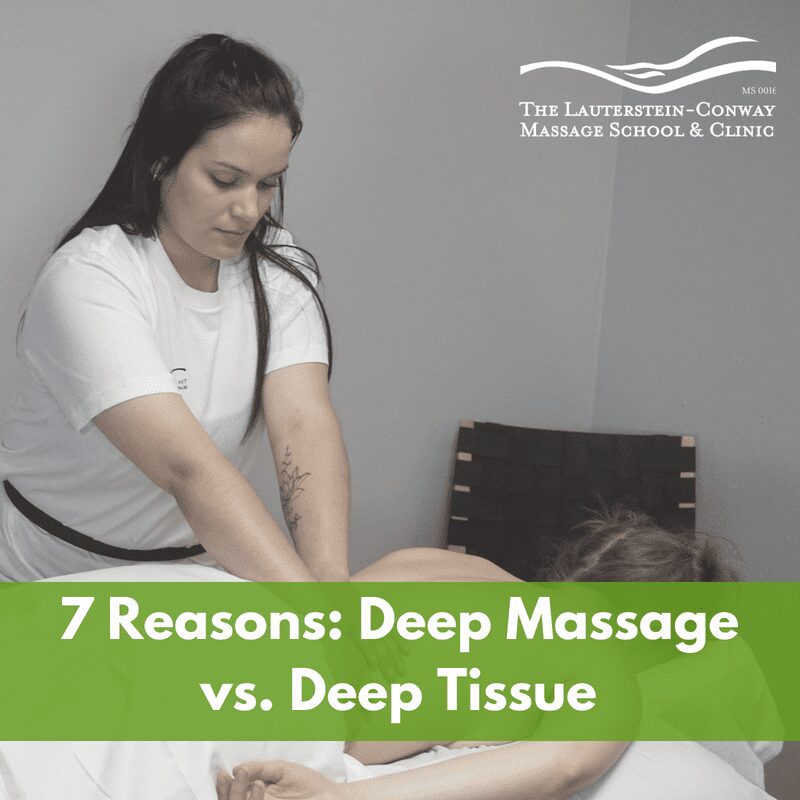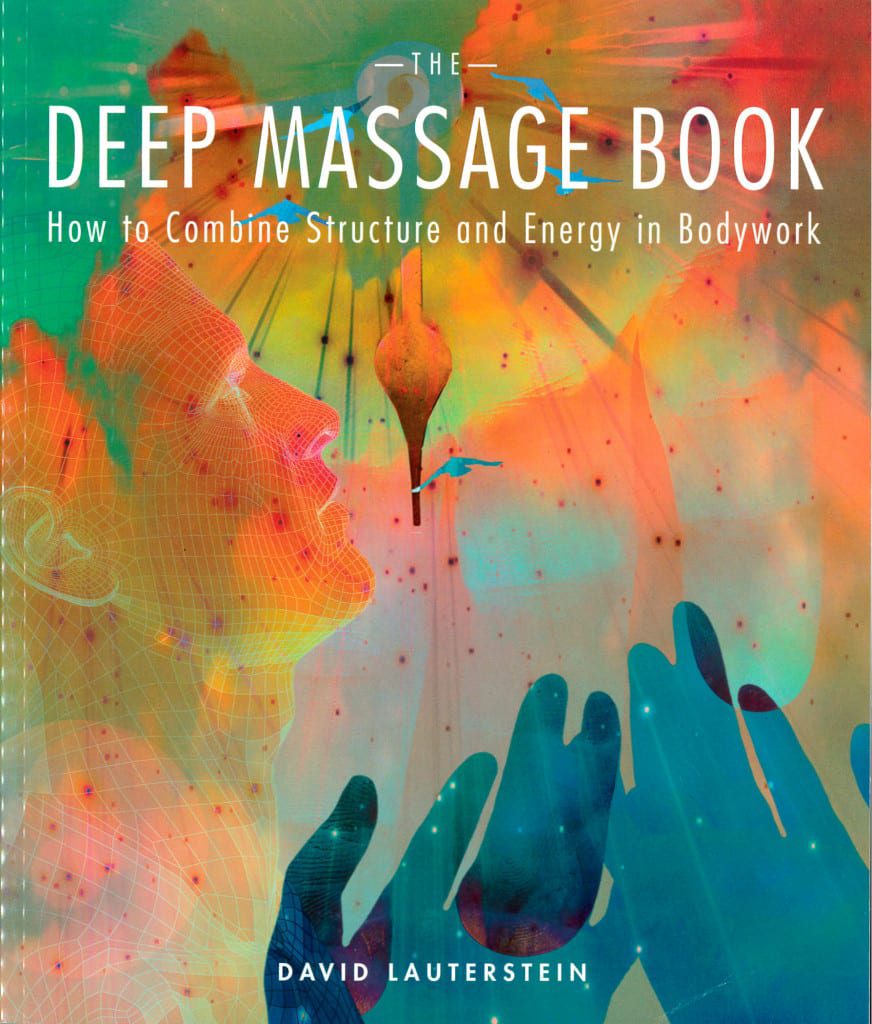What Is the Difference Between Deep Massage and Deep Tissue?
By David Lauterstein
- Massage therapists performing Deep Massage generally work without lubricant (unless there is a painful feeling of stretching the skin). Using lubricant causes the therapist to slip over the tension and, to compensate, they have to use tremendous pressure not to slip. This often causes overwork syndromes for the therapist and sometimes excessive pain or bruising for the client.
- Deep Massage recognizes the scientific fact that muscles don’t relax! It is the nervous system that relaxes the muscles! So the Deep Massage therapist learns how to contact the nervous system through extremely high touch quality. Deep tissue works from outside in and is therefore more temporary in its effect. Deep Massage works from insideout, stimulating the client’s nervous system’s ability to relax. Therefore it results in more thoroughand longer-lasting relaxation as well as deeper postural benefit.
- Deep Massage treats the whole person. We recognize that some of our body’s tension is a reflection of stress in our everyday life. So in Deep Massage we look not only at the physical sources of tension but at the “energetic” sources of tension andstress in our anatomy and physiology. Deep Massage teaches a way to contact and benefit energy and structure simultaneously.
- Deep Massage also involves the therapist being educated to make optimal pressure and contact. Students of deep massage learn to recognize specific signs to indicate how deep to go, when it’s too much, how long to hold a certain trigger point, etc. These involve training in paying closer attention to the client’s breath, eyes, facial expression, and other important indicators.
- Deep Massage classes include training on how to be more balanced in one’s body and mind in thetherapy setting. Because deep massage training helps the therapist avoid unnecessarily stressing their body and mind, the therapy not only works betterfor the client, it also greatly enhances the longevity of the therapist!
- Deep Massage involves training in customizing the session uniquely for each individual client, rather than being an approach applied similarly to all clients. Students are trained to individually assess the client’s posture, movement, stress sources, expressed health goals and to come up with a unique plan for each individual session.
- Deep Massage feels better! Because it is more individualized, by a therapist educated with respect to body mechanics and self-care, who is trained to observe and refine the touch to be optimal, who addresses tension in nervous system as well as in the muscles, and who knows just how best to contact the actual places of tension – it just feels better!
You can learn Deep Massage through our Advanced Program or Continuing Education workshops. Don’t wait to register.


